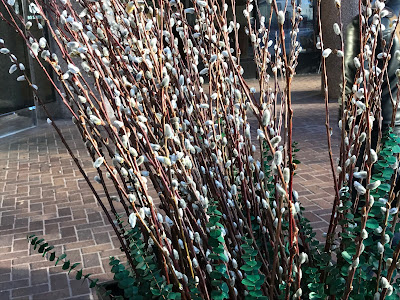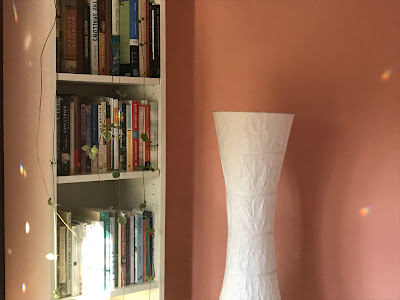Gallimaufry
I picked up the book because I know the author and enjoy reading his work. The title bewildered me until I looked inside and saw this definition: “Gallimaufry: a confused jumble or medley of things.”
Joseph Epstein’s latest collection is all of that. There are essays on baseball (“Diamonds are Forever”), Julius Caesar (“Big Julie”) and the author’s defense of the Comic Sans font. Reading this plump and happy book is like devouring a hot fudge sundae smothered with whipped cream. It’s fun and filling and a bit of a guilty pleasure (the latter because Epstein recently angered the PC police).
I read Epstein because he’s brilliant; because he’s a dinosaur, an essayist in the model of Orwell, Hazlitt or Montaigne; and also because he was my teacher long ago. Our first assignment was to come up with our favorite word. Mine was “rhapsody,” which captured a moment in my youth when I was young and romantic and could still play the Brahms pieces known by that name. His was “deliquesce,” which means to melt away but which he admired, he said, because it contained the word “deli.”
Which brings me to the humor and low-key erudition in his work. Epstein, for all his knowledge, does not flaunt it. He’s clear, cogent and refreshingly honest. He makes me remember what it was like to read and write before the age of Great Divisions.
All of which is to say I’m enjoying Gallimaufry immensely. Maybe by the time I’ve finished reading it I will have learned how to spell it.














